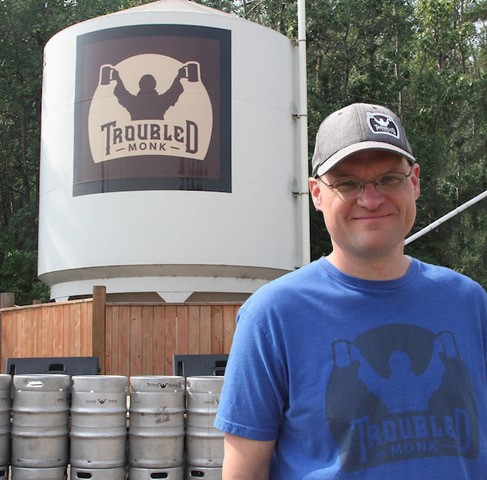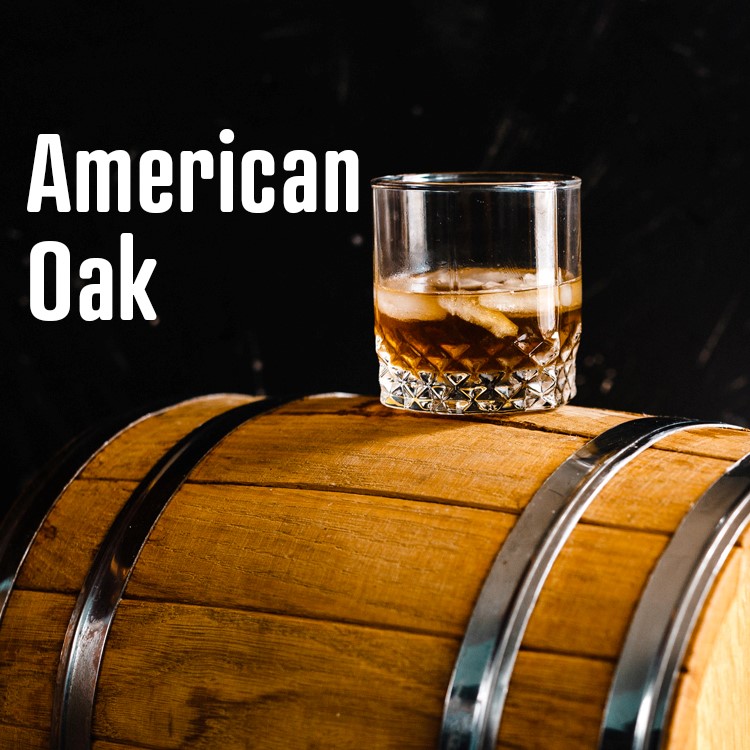Distillation, the art of transforming a fermented liquid into a spirit of higher alcohol content, is not just a craft; it’s a science. Behind the allure of copper stills and oak barrels lies a complex world of chemical reactions and physical principles.
The Basics of Distillation:
At its core, distillation is a separation process. It capitalizes on the differences in boiling points between alcohol and water to separate them from a fermented liquid. Here’s how it works:
Vapourization: The liquid mixture (usually a fermented mash or wash) is heated in a still, causing the alcohol to vapourize because it has a lower boiling point than water.
Condensation: The alcohol vapour is then collected and cooled, causing it to condense back into liquid form. This condensed liquid is referred to as the “distillate.”
Separation: The distillate is separated into different fractions based on their boiling points. The “heart” fraction contains the desired alcohol, while other fractions (the “heads” and “tails”) contain unwanted compounds, including methanol and higher alcohols.
Chemical Reactions and Compounds:
The distillation process also involves various chemical reactions and the separation of compounds:
Removal of Impurities: Methanol, which can be toxic in high quantities, is separated from the ethanol during distillation. Heads, the initial product of distillation, contain methanol and other undesirable compounds, they can be added to future runs for re-distillation.
Esters and Congeners: Esters, responsible for fruity and floral aromas, and congeners, which provide flavour complexity, are concentrated in the heart fraction. These compounds contribute to the unique characteristics of different spirits.
Aging and Oak Interaction: Spirits like whiskey and rum undergo further chemical changes during aging in oak barrels. Oak compounds, such as vanillin and tannins, react with the distillate, imparting flavours, colors, and aromas.
The Role of Equilibrium:
The science of distillation is also influenced by equilibrium principles:
Vapour-Liquid Equilibrium: This principle governs the distribution of molecules between the liquid and vapour phases. As distillation progresses, the equilibrium between alcohol in the liquid and vapour phases continually shifts, allowing for the separation of alcohol from water.
Fractional Distillation: Fractional distillation utilizes multiple trays or packing materials within the still to create equilibrium stages, enhancing the separation of different compounds. This process is essential for producing high-quality spirits with precise characteristics.
The science of distillation is a captivating blend of chemistry, physics, and engineering. It’s a process that transforms humble ingredients into exquisite spirits, relying on the principles of vapourization, condensation, and chemical reactions. Understanding these scientific foundations is essential for distillers seeking to craft exceptional beverages, as it allows them to manipulate variables and control the distillation process to produce spirits with the desired flavours, aromas, and characteristics.






